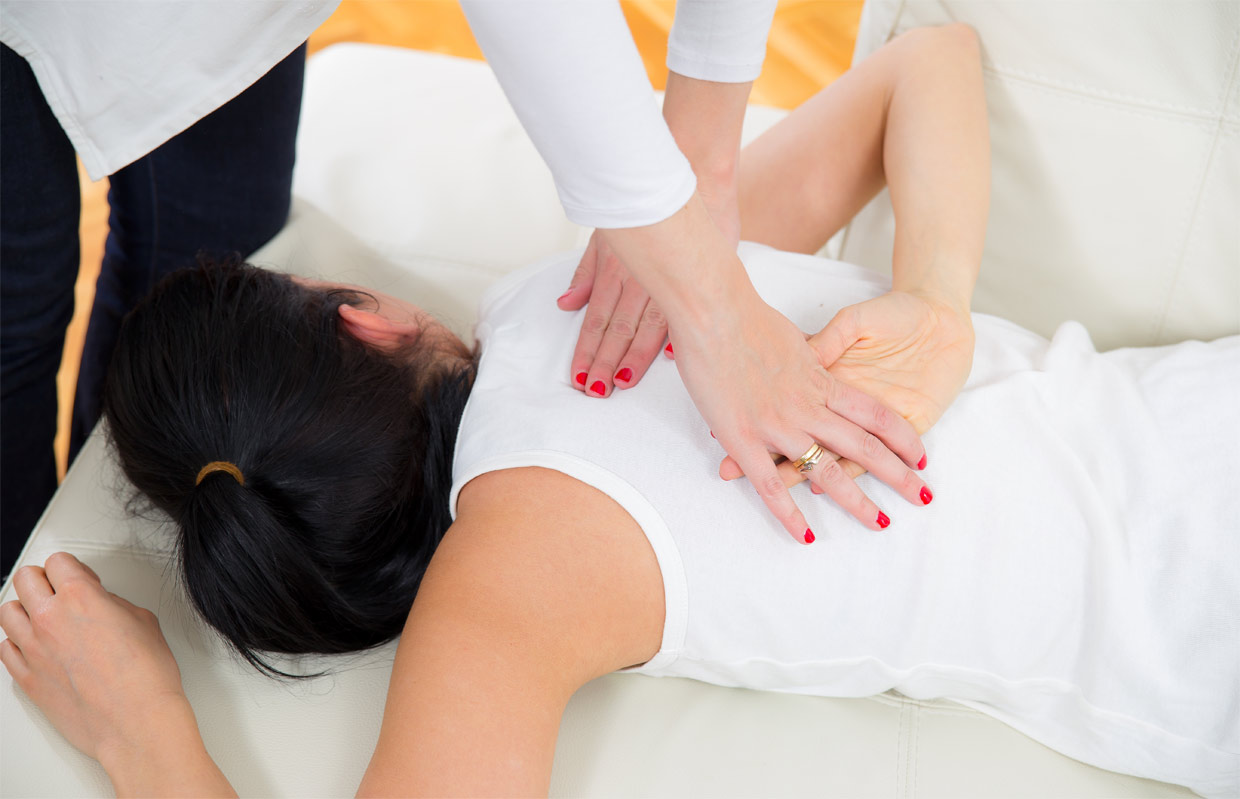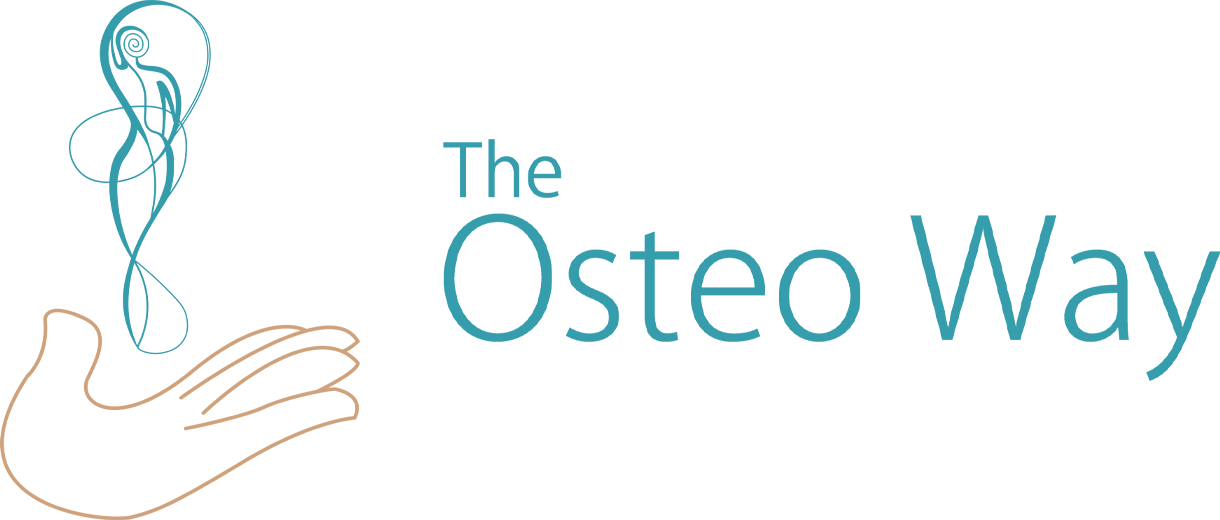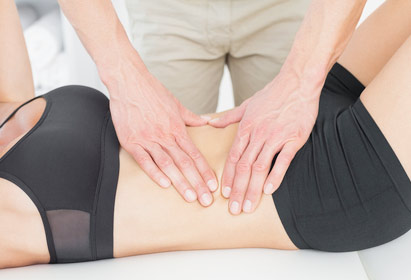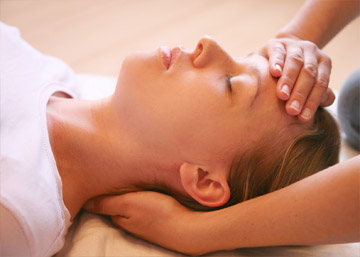
Osteopathy cannot be defined by the techniques it uses, but by its goals: to bring harmony to the body, in order to allow the patient to enjoy a well-balanced frame, full of energy.
The Osteopathic manual therapist will choose techniques depending on the patient’s need, his body type, his age, the amount of energy he has, and the past injuries that lead to his symptoms.
All techniques are gentle and specific to the patient’s needs on that particular day.
Structural Osteopathy:
Structural techniques deal with joints, bones, ligaments, and muscles of the body. They include a variety of gentle manipulations, from restoring balance in the joints of the body, to muscle energy techniques where the patient actively corrects the dysfunction with his muscles.
Certain techniques use a rotation of the joint called “circumduction” in order to restore the maximum range of motion of the joint.
There are connective tissue techniques, where we use the point of balance in the fascias where movement is effortless. Fascias, or “connective tissues”, surround everything in the body like a spider web. They envelop muscles and joints, and they connect your guts to your spine. The proper elasticity of these connective tissues is vital to your posture. Picture a bed sheet: if something pulls it on one side, the entire sheet will be pulled in that direction. The same is true for your fascia.
Your Osteopathic manual therapist will also be able to give you stretches, breathing exercises, strengthening exercises, and advice to help your body get better faster.
Visceral Osteopathy:
What if your back pain was caused by your guts?
Visceral Osteopathy will help the organs in your guts, your chest, and your pelvis in order to find your way back to health.
A lot of people think of “viscera” as just pertaining to the guts in the abdomen–like your colon–but they are also contained in your neck, thorax (your rib cage), and pelvis. And so visceral Osteopathy is used to treat these different parts.
We will look at:
- your chest with your heart, lungs, and part of your air tract and digestive tract in your neck
- your abdomen and all the organs and viscera it contains
- your pelvis with the colon, the bladder (and prostate for men), and for women: their gynecologic system
The idea behind visceral work is to release tension in the guts that is affecting the rest of your body. Their mobilization uses the same principles as a joint, linking two bones with ligaments, tendons, and connective tissues. The digestive tract has got “visceral joints” between the guts and the bony structure. Any dysfunction in those two will affect their suspensor and gliding systems, which means the functioning of your guts will be affected. Example: lower back pain is often caused by dysfunction in the guts. People are often surprised to learn that their lower back pain is being caused by digestive problems. Conversely, lower back problems can cause gut problems.
First, we will identify the point of restriction of mobility in the viscera that could be related to:
- A scar of surgical procedure
- Inflammation
- Food sensitivity or food allergies
- Stress
We will find where the lack of motion comes from in order to treat the root cause of your symptom.
How do we help your guts?
- by rebalancing the ligaments holding the organs
- by working with their connection to the diaphragm, which is a pressure regulator between the thorax (rib cage) and the abdomen
- by loosening up the envelope or ligaments holding the organ, which will help increase its function
- by treating the bones (back, ribs, pelvis) where the guts are attached
The guts are something that we sometimes forget about when we are experiencing a discomfort, and they can affect the body in many ways. Your Osteopathic manual therapist, thanks to her extensive knowledge of anatomy, will understand the different connections and adaptations leading to your pain.
Cranial Osteopathy/Cranio-sacral therapy:
This branch of Osteopathy deals with the skull, the central nervous system, and the cerebrospinal fluid that, together, link the mind and body as a unit. This is an essential tool in treating the body holistically.
W.G. Sutherland, a student of A.T. Still (the founder of Osteopathy), was intrigued by a skull he saw at school, noticing how the temporal bones (on the side of your skull) have cranial sutures (fused joints of the head) that look like a fish’s gills. He started questioning if those “gills”, like the ones on a fish, could move. This was the beginning of cranial osteopathy.
The skull is made of 22 bones linked together by sutures that protect a complex part of your nervous system comprised of the brain, vessels, nerves, and membranes of tension. They are attached inside the skull, and are connected to the dura mater (fibrous part of the meninges) covering not only the inside of your head, but continuing through the vertebral canal to the sacrum. It is very important that these structures move properly.
Thanks to her knowledge in anatomy, your Osteopathic manual therapist will be able to feel the connective tissues, the bones, and the elasticity of their connections though a very developed tactile sense. She will then be able to interpret what is going on more deeply.
The Osteopathic manual therapist will be able to notice the body parts which have been affected in the past. Like a book, the body keeps your story of strains, traumas, and past injuries. Trained hands will use this knowledge to restore health in the body.
Using a very gentle touch, we will help the zones of your body that have become defective to function to their full potential once again. The patient will feel the soft touch of the practitioner, and sometimes feel some heat or fluidic movement from the tensions melting away gradually.
Patients will often feel their body release, and access a deep relaxing state during the treatment. After the treatment, patients will notice a general improvement in their health, in their energy levels, their sleep quality, and often in symptoms they didn’t come in for in the first place.
Cranial osteopathy/craniosacral therapy can help you with:
- Headaches / migraines, vertigo, concussion, motion sickness
- Ear / throat / nose infections, sinusitis
- Dental problems, orthodontic treatment, grinding or clenching your teeth, TMJ
- Whiplash, car accident, falls, traumas
- Anxiety, stress, psychological conditions, trouble sleeping, ADHD, neuro-development delays
- Babies are very receptive to this technique
By combining these three approaches, your Osteopathic manual therapist will be able to use the right technique to best treat the root of your health problem.


